The other day I met a woman who wanted to be a writer. She immediately peppered me with questions (and fears), and I actually had some answers (and words of encouragement).
Here to learn? You’re in the WRITE place!
At The Write Practice, we publish a new article each day designed to help writers tackle one part of their writing journey, from generating ideas to grammar to writing and publishing your first book. Each article has a short practice exercise at the end to help you immediately put your learning to use.
Check out the latest articles below or find ones that match your interest in the sidebar.
And make sure to subscribe to get a weekly digest of our latest posts, along with our free guide, 10 Steps to Become a Writer.
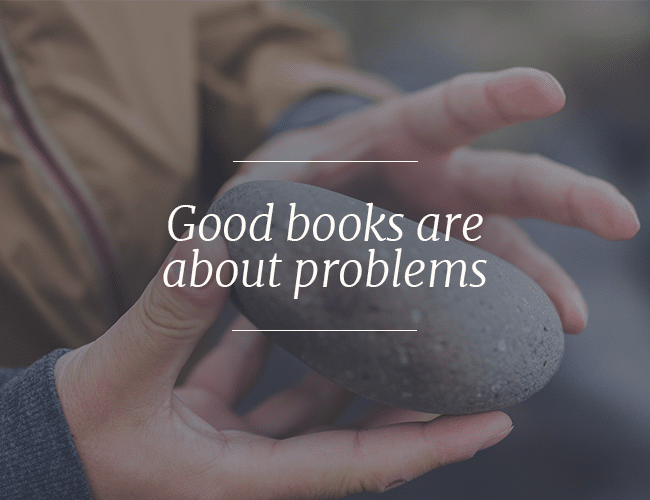
Good Books Are About Problems
Good books, good stories, are about problems not solutions.
This is something I tell my students, my ghostwriting clients, my contributors on The Write Practice. I say this again and again because people rarely realize it.
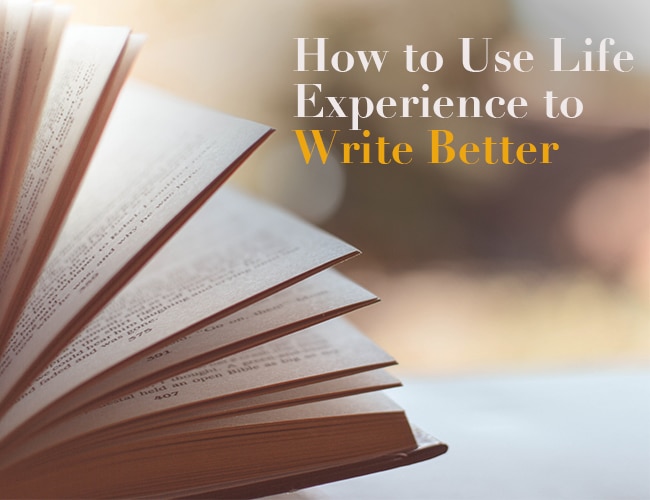
How to Use Life Experience to Write Better
Readers want something that’s real. They want to live in your novel. They want to become your characters, and feel every joy and heartache right along with them. They want to see, smell, hear, feel, taste. Our struggle as the writer is to deliver to them what they want. Our careers and our very lives depend on how the readers feel. No pressure, right?
Character Development Through Posture
In the animation class I am taking, one of the first lessons on developing a character to animate, is to think about how the character stands. To develop the character through posture.

8 Things I Learned About Villains from My First Novel
A hero is no hero at all unless there is something to stand against. That’s where villains come in.
villains
We love to hate them, but they serve a critical function within the anatomy of a story, the yin to your protagonist’s yang.

3 Essential Tools To Discover Who Your Readers Really Are
Sometimes, the readers you think you have actually turn out to be someone else. Knowing who they really are can be pivotal…not just in your writing, but in your marketing as well.
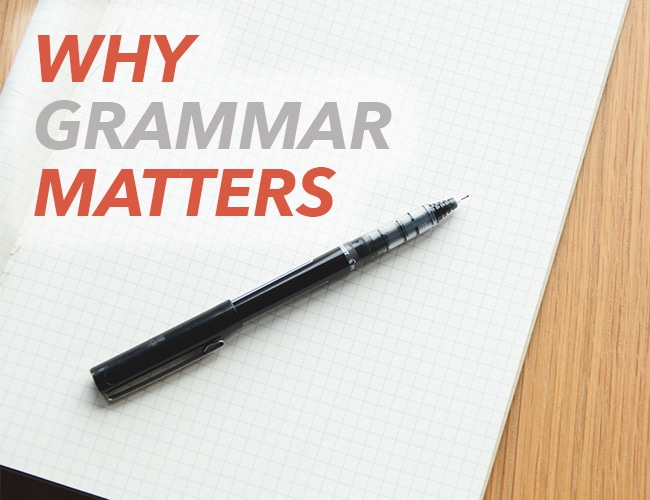
Why Grammar Matters
If there’s one significant thing that Joe and I have historically disagreed on, it’s the role of grammar in a writer’s toolbox. We complement each other well because as much as I love grammar and sentence structure, he equally embraces the dismissal of commas and the implementation of run-on sentences for art’s sake. When you get down to brass tacks though, I have to admit that he kind of has a point: grammar is somewhat arbitrary.
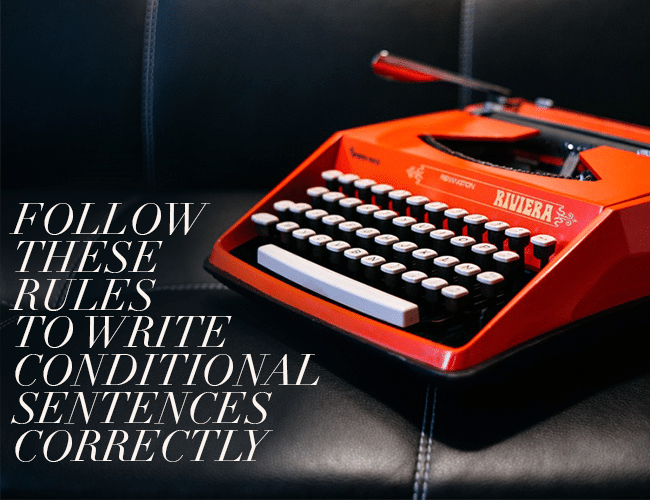
Follow These Rules To Write Conditional Sentences Correctly
Of all the nuances of grammar in the English language, this is my greatest pet peeve. No, it’s not “its vs. it’s.” It’s not “there, their, and they’re.” It’s not even the Oxford comma.
Let’s talk conditional sentences.

Breathe Your Story
Your story is going to be great. Your book? It’s going to be great. It’s going to get written. Don’t worry.
Breathe your story in. Breathe your story out.
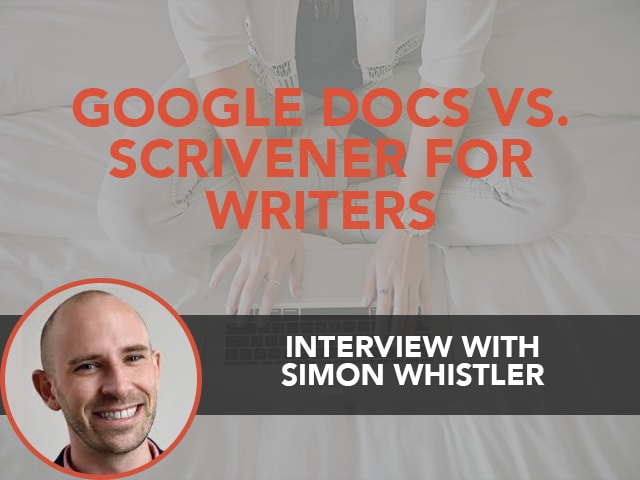
Google Docs Vs. Scrivener for Writers: An Interview with Simon Whistler
Simon Whistler embodies the spirit of the do-it-yourself writer. In this Scrivener Superpowers interview, Simon and I talk about his editing process and how he came to book writing.